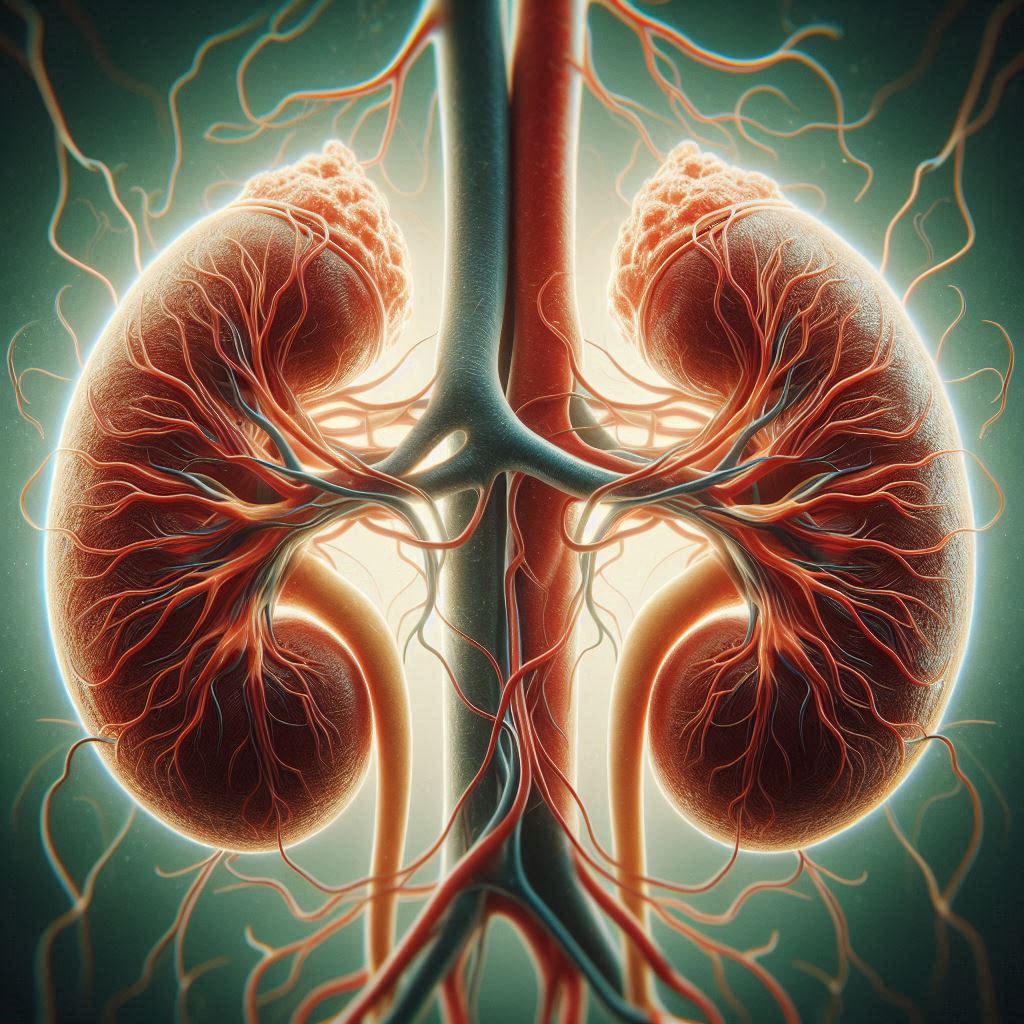Acid-Base Evaluation in Toluene Solvent Inhalation:
Toluene inhalation can significantly impact acid-base balance, primarily leading to a specific form of metabolic acidosis known as Distal Renal Tubular Acidosis (RTA-1). Here’s how to evaluate acid-base disturbances related to toluene inhalation:
Clinical Presentation:
- Patients might present with:
- Hyperventilation (compensatory response to acidosis)
- Muscle weakness or paralysis, particularly in chronic abusers due to hypokalemia
- Fatigue, nausea, or confusion due to acid-base imbalance
Laboratory Evaluation:
- Blood Gas Analysis:
- pH: Low (acidemia)
- Bicarbonate (HCO3-): Decreased, indicating metabolic acidosis
- Partial pressure of CO2 (PaCO2): May be normal or slightly decreased due to compensatory respiratory alkalosis
- Serum Electrolytes:
- Potassium (K+): Often low, reflecting hypokalemia which is common in toluene-induced RTA-1
- Chloride (Cl-): Elevated, contributing to hyperchloremic metabolic acidosis
- Urine Analysis:
- Urine pH: Inappropriately high (alkaline) despite systemic acidosis, which is characteristic of distal RTA-1. This is because the kidneys cannot acidify the urine.
- Urinary anion gap: Positive, indicating renal inability to excrete NH4+ (ammonium) to compensate for acidosis.
- Serum Anion Gap:
- Usually normal or only slightly increased, as the acidosis is primarily hyperchloremic rather than due to an increase in unmeasured anions.
Specific Findings:
- Hippuric Acid: While not directly related to acid-base status, high levels in urine would corroborate toluene exposure. However, this is less specific in the context of acid-base evaluation.
- Renal Function Tests:
- Check for kidney damage or dysfunction which might exacerbate or be a consequence of the acid-base disturbance. Look for elevated creatinine or BUN.
Mechanism:
Toluene’s metabolites (benzoic acid and hippuric acid) can overwhelm the renal capacity to excrete acid, leading to an accumulation of hydrogen ions and thus acidosis. The distal tubules are particularly affected, leading to the inability to acidify urine, which is central to the pathophysiology of RTA-1 in toluene abuse.
Management:
- Supportive Care:
- Correct hypokalemia and other electrolyte imbalances.
- IV fluids with bicarbonate might be used to correct acidosis, but this should be done cautiously.
- Long-Term Management:
- Cessation of toluene exposure is crucial.
- For chronic cases, alkali therapy might be necessary to manage ongoing acidosis.
Conclusion:
When evaluating acid-base status in a patient with known or suspected toluene inhalation, the presence of hyperchloremic metabolic acidosis with hypokalemia and an alkaline urine pH in the context of acidemia strongly points towards toluene-induced distal renal tubular acidosis. Laboratory diagnostics should be used in conjunction with a detailed clinical history and physical examination to confirm this diagnosis.


Leave a Reply